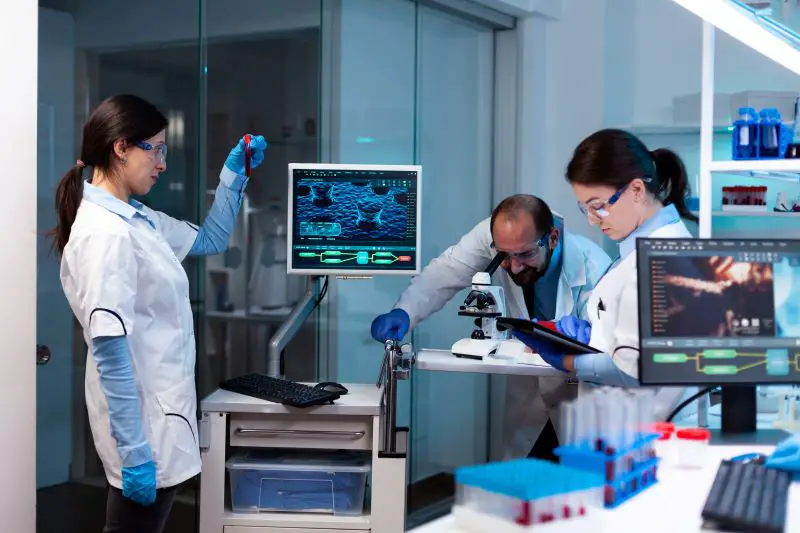Click here to get this post in PDF
Cancer is still one of the most dangerous and challenging to treat umbrella health conditions. Haematological malignancies, which are cancers that impact the bone marrow, lymphatic system, and blood, were an under-researched area until recently. While these diseases are diverse, they have a common origin. They all impact the development and function of normal blood cells.
Thankfully, the complexities of these malignancies are being researched more carefully than ever before, giving us the best chance of developing effective treatments and improving patient outcomes. Here, we examine haematologic malignancies in more detail and how therapeutic developments are advancing in this field.
What are haematologic malignancies?
These include a broad spectrum of different types of cancer, each with its own unique characteristics. The main categories of haematologic malignancies are listed in the sections below.
Leukaemia
This type of cancer begins in the bone marrow, where blood cells are produced. In patients with leukaemia, the production of abnormal blood cells is uncontrolled. These rogue cells crowd out the normal levels of blood cell production. There are two different types of leukaemia: acute and chronic. These are classified even further based on the types of blood cells that have been affected.
Lymphoma
This type of cancer impacts the lymphatic system, the tissue and vessel network that helps fight infections. Abnormal growth of lymphocytes is seen in these types of cancer. Lymphocytes are a type of white blood cell, and there are two main types of lymphoma. However, each type of lymphoma (Hodgkin’s and non-Hodgkin’s) has numerous different forms.
Myelomas
Myeloma impacts the plasma cells, the blood cells that produce antibodies. Myeloma patients have abnormal plasma cells accumulating in the bone marrow. This can cause kidney problems, anaemia, and bone damage.
MDS (Myelodysplastic syndrome)
In patients with MDS, the bone marrow doesn’t produce healthy blood cells, which can lead to many cases of acute leukaemia.
MPN (Myeloproliferative neoplasms)
Polycythaemia vera, essential thrombocythemia and primary myelofibrosis are included in this group. Here, the bone marrow produces too many red blood cells, platelets or white blood cells.
Why haematologic malignancies are difficult to treat?
There are various challenges involved in treating haematologic malignancy. These include:
Significant variations in molecular and genetic characteristics. This can lead to differences in the response to treatment.
These cancers can become treatment-resistant, which means that new agents and treatment strategies must be researched.
Toxicity of treatments. Chemotherapy and radiation therapy can pose significant side effects that impact a patient’s quality of life.
Clinical trial design difficulties. It can be extremely difficult to develop new therapies due to the complexity of the clinical trial designs. This needs to address the disease’s heterogeneity and evaluate how safe and efficient new treatments are.
How oncology CROs can help
One of the most vital roles in developing treatments for haematologic malignancies is that of oncology CROs. These specialised experts provide various services to biotech and pharmaceutical companies. They can assist with the clinical trial design and management, ensuring they are ethically and efficiently conducted. Not only this, but they can help navigate the complex regulatory requirements. This cannot only help to ensure compliance but can also speed up approvals of new treatments. With robust data management services, CRO can help ensure clinical trial data’s integrity and accuracy.
Despite its niche market, the future of haematologic malignancy treatment looks bright. Targeted immunotherapy and precision medicine are moving forward to provide patients with the best chance possible of recovering from such cancers.
Also read:
The Story Behind Chemotherapy Drugs & Their Trials
Navigating The Changing Landscape Of Clinical Trials
Image source: elements.envato.com

